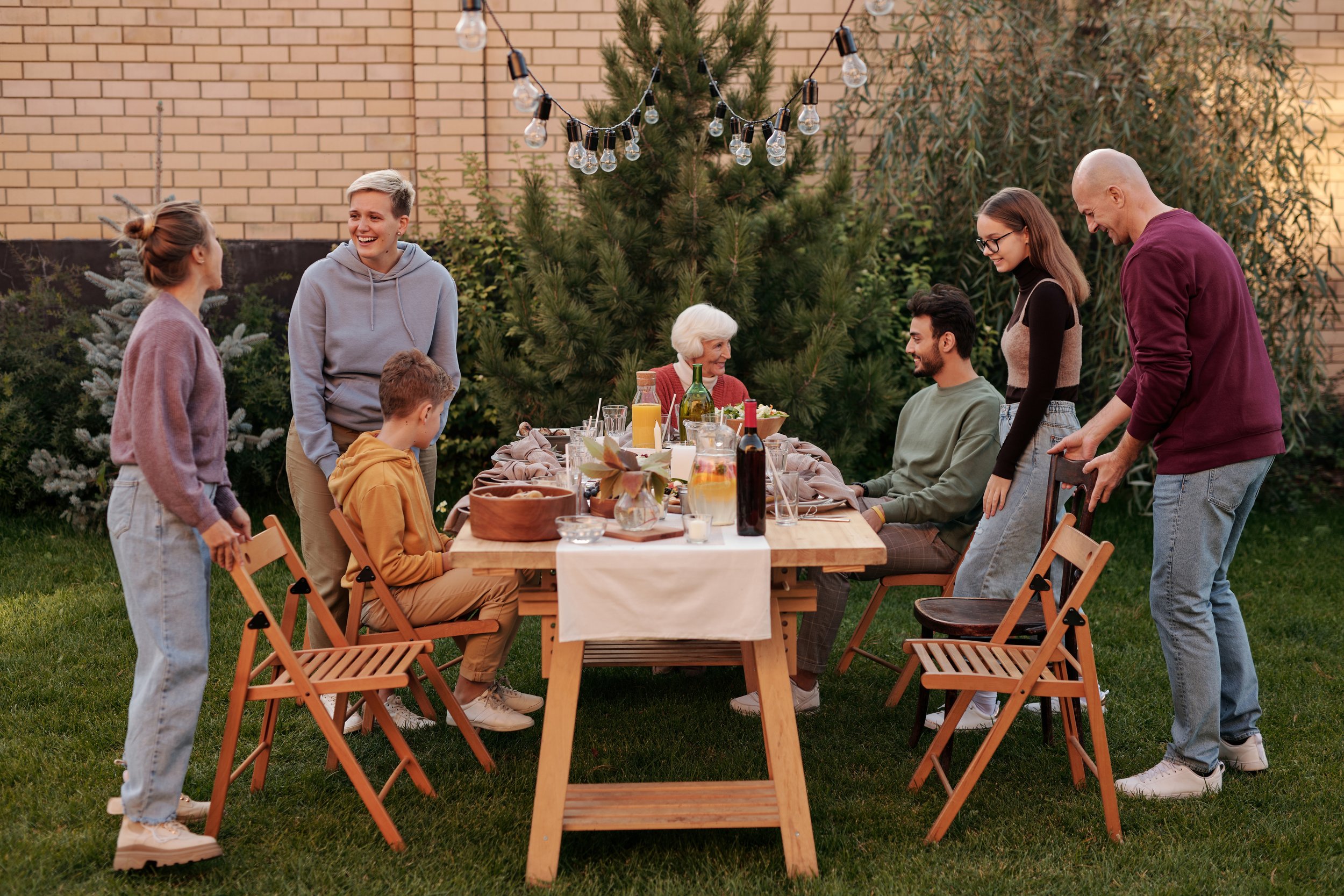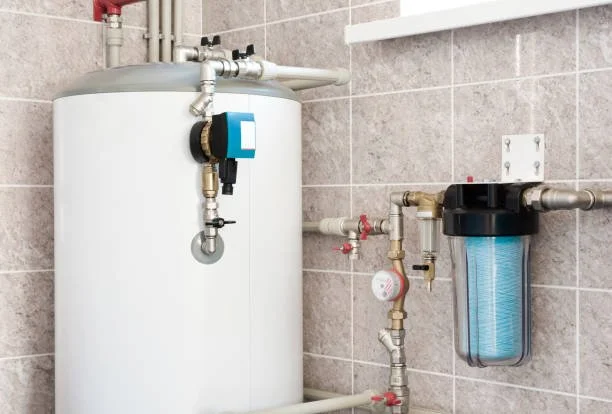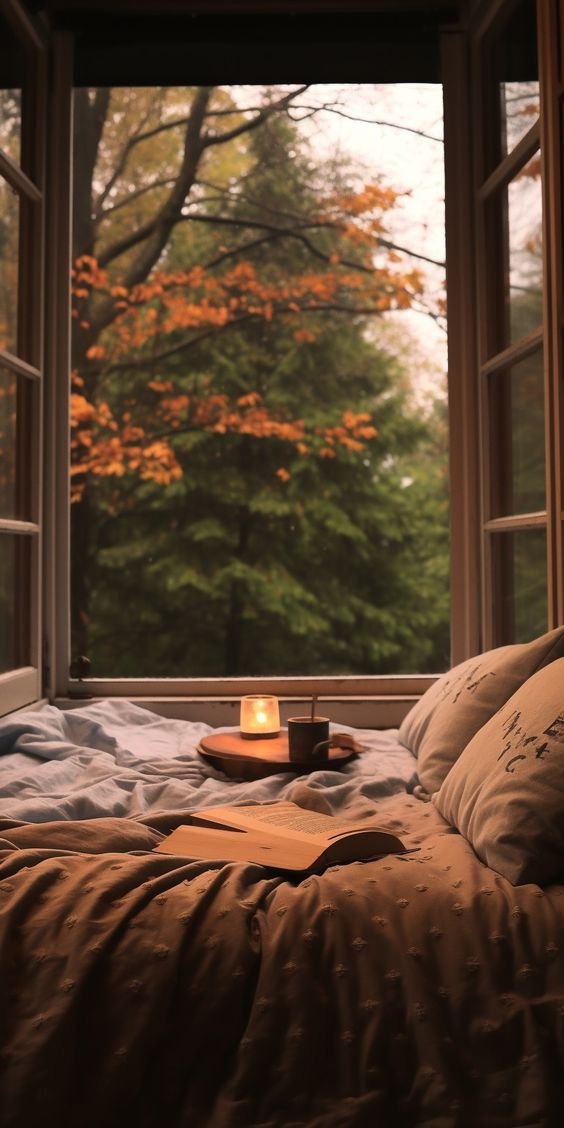5 Ways to Revamp an Old Degraded Patio
RH Business Marketing Solutions
Patios are outdoor havens that offer areas for unwinding, amusement, and communion with nature. However, patios can deteriorate with time because of exposure to the outdoors, high foot traffic, or just the passing of years. If the signs of wear and tear on your patio are starting to become apparent, there's no reason to give up. Your old, worn-out patio may be given new life with a little imagination and work. Here are five ideas for updating and changing your outside area:
Resurfacing the Ground
Your patio's flooring is essential to both its overall appearance and use. You might want to redo the ground if your patio has worn-out pavers, weathered wood, or cracked or irregular concrete. There are several choices available:
Concrete Leveling: Concrete leveling in Kansas City or any other location offers a practical solution to address uneven or sunken concrete surfaces. This process involves lifting and leveling sunken slabs and restoring safety and functionality to walkways, driveways, and more. Whether caused by soil settling or erosion, concrete leveling provides a cost-effective way to renew and preserve the integrity of concrete surfaces.
Pavers: Placing new pavers may give your patio a sleek, contemporary style that will drastically transform its appearance. They are available in various materials, including concrete, stones, and clay, and give countless design options to complement the look you want for your outdoor space.
Deck Tiles: They are a simple and affordable way to change a patio if you have a hardwood deck that has seen better days. Simply laying these interlocking tiles over the current surface will improve your patio's aesthetic and use immediately.
Stamped Concrete: It is a flexible alternative that combines the strength and permanence of concrete with the look of natural stones like slate, flagstone, or cobblestone. This choice improves your patio's entire appearance and feel by providing a low-maintenance and aesthetically pleasing alternative.
Furniture and Décor
The furnishings and décor on your patio may be drastically improved. Invest in attractive, cozy outdoor furniture to complete the area. To add coziness, think about using pillows and outdoor cushions. Add accessories like carpets, lanterns, and outdoor artwork to give the space flair. Your patio may become an enticing retreat with the right furniture and accents.
Pick durable, weather-resistant seating made of teak, aluminum, or resin wicker. These materials are weatherproof and need little upkeep, so your patio will stay hospitable for many years. Additionally, choosing furniture in neutral shades gives you flexibility, enabling you to alter the appearance of your outdoor space by just changing accessories.
Greenery and Landscaping
Plants may rejuvenate any outdoor space. You may add some greenery by including potted plants, baskets that hang, or window boxes. Think about edging the patio with a lush border of bushes or flowerbeds. Climbing vine-covered trellises or vertical gardens may also lend a hint of natural charm. The addition of vegetation not only improves the looks of your patio but also gives it life and vigor.
Consider your patio's temperature and lighting circumstances before choosing plants. Choose kinds that flourish in your area to preserve the health and lifespan of your plants. Use a variety of perennial and seasonal vegetation to keep the landscape visually interesting all year long. Don't forget to add mulch or ornamental stones to the patio's landscaping to aid in retaining moisture and weed prevention.
Lighting
Your patio can remain usable far into the night with the right lighting. To create a magical atmosphere, use outdoor lighting devices such as string lights or pathway lights. Solar-powered lights can charge throughout the day and brighten your patio at night, making them a cost- and environmentally-friendly choice. Lighting not only increases safety but also gives a space a wonderful feel.
To create the required ambiance, think about utilizing several lighting layers. While task lighting above the kitchen or dining area provides practicality, soft, warm lighting close to the seats creates a friendly atmosphere. To give your patio's design depth and drama, don't forget to use accent lighting to draw attention to architectural details or focus spots.
Functional Additions
Think about including useful enhancements that suit your preferences and way of life. A pergola or retractable awning may offer shade and create a cozier ambiance for outdoor eating or reading a book. A patio kitchen or bar area is great for individuals who enjoy entertaining since it lets you make food and drinks without continually stepping inside. Your patio is extended throughout the winter months by fire pits or outdoor heaters, keeping you warm and comfortable as you breathe the fresh air. You may modify your patio to match your unique demands and design an environment that is yours by including these components.
Conclusion
In conclusion, renovating an old, worn-out patio is a satisfying endeavor that may give your outside area a new lease on life. Your patio will transform into a beloved getaway for leisure and enjoyment whether you resurface the ground, refresh your furniture and décor, add flora, improve lighting, or include practical components.
Guest Contributor: Stephanie Snyder














